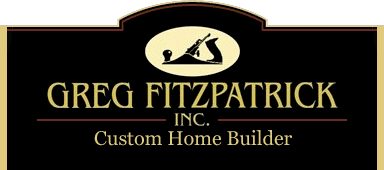I sometimes hear people say things like, “new houses today are being built too tight.” I might share this opinion if I were a home heating fuel salesman, but as a Maine home builder with a focus on saving my customers money through energy-efficient construction, I say that it is better to understand building science, specifically moisture management, and build new homes as tight as you are able.
Years ago, fuel costs were lower, and moisture management was not well understood. Houses that leaked air were not much of a concern. They would get wet, but with an abundance of air moving through the walls would dry avoiding moisture-damaged assemblies.
With rising fuel costs houses had to become better insulated and tighter, and fortunately within the past decade or so, building science case studies have shown new home builders the way to build structures that are not only tight but also properly manage bulk moisture from external sources and moisture vapor from internal sources.
Today’s home builders are fortunate to have the availability of a wide variety of excellent building products as well as the educational resources to build new homes that are both energy efficient and sustainable.
Products like “Greenguard Raindrop house wrap” facilitate a drainage plane between the exterior cladding and wall sheathing. “Advantech” brand roof and wall sheathing are highly resistant to moisture damage. “DOW,” “SIS Structural Insulated Sheathing,” “Styrofoam” extruded insulation panels, “Thermax” insulation panels, “DOW” “Weathermate” construction tape, and “DOW” “Great Stuff Pro” expanding foam insulation are just a few.
New home builders that combine tight construction methods with advanced insulation materials and follow proper moisture management techniques will have happy customers enjoying comfortable, sustainable homes with reduced utility costs.

